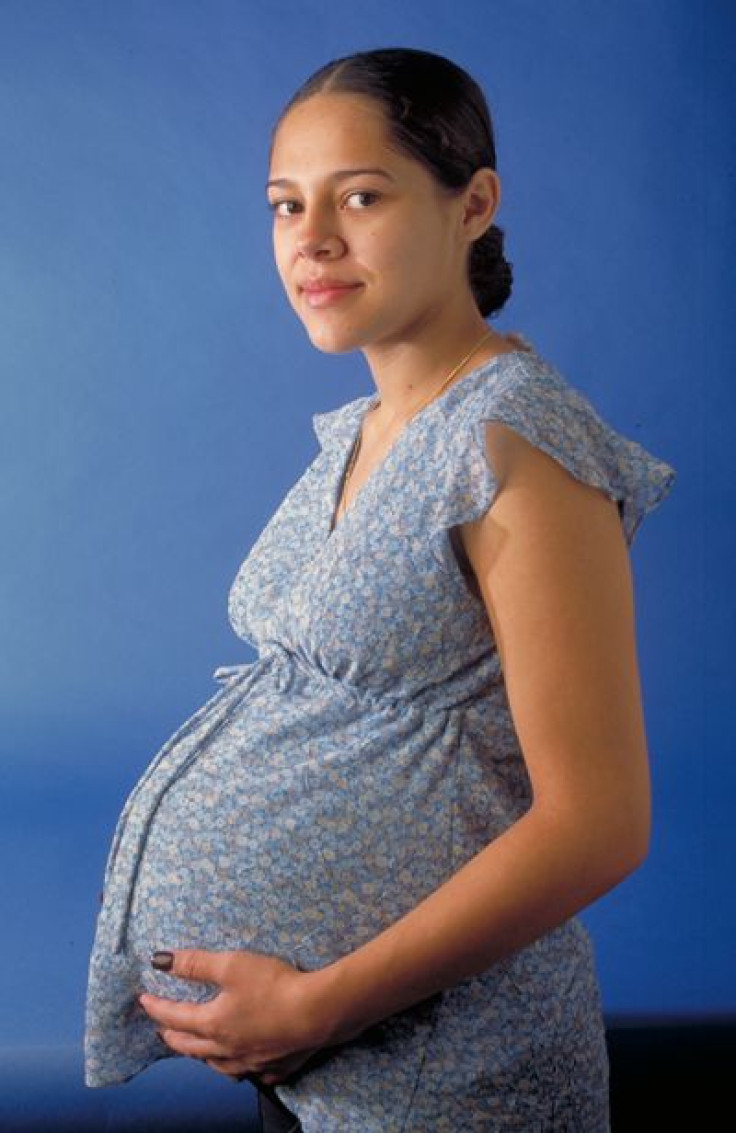Giving Birth: C-Section Babies 26% More Likely To Become Overweight Adults

In the U.S., nearly one-third (32.8 percent) of all births are by Caesarean, commonly referred to as a C-section, with the rate being much higher in some other countries, such as China (60 percent) and Brazil (almost half). A new study conducted by researchers from Imperial College London finds that a baby born by C-section has a 26 percent higher risk of becoming overweight or obese as an adult when compared to those born by vaginal delivery. "There are good reasons why C-section may be the best option for many mothers and their babies, and C-sections can on occasion be life-saving,” said Dr. Neena Modi, professor at the college's Department of Medicine and senior author of the study. "However, we need to understand the long-term outcomes in order to provide the best advice to women who are considering caesarean delivery.”
A pregnant soon-to-be mother must make a series of decisions as to how she will give birth: hospital or home delivery... epidural or natural? Generally due to the possibility of complications, some mothers are advised by their doctors to have a Caesarean. This operation involves an obstetrician making a cut through a mother’s belly and womb (uterus) and removing the baby. The need for a C-section, especially for first-time mothers, may not be obvious until labor is under way. Reasons for performing this operation are:
- the labor isn’t progressing
- the baby isn’t getting oxygen
- the baby is in an odd position
- the umbilical cord is wrapped around the baby’s neck
- the placenta has detached and is blocking the baby’s passage
- the mother or baby has some health risk
C-sections are often performed in emergency conditions to save the baby’s or mother’s life, though sometimes they are planned procedures intended to add convenience to a delivery. Some doctors advise against such planned deliveries because previous studies have suggested higher odds of a baby facing poor health in the long-term; there is greater likelihood of a C-section baby later developing asthma, for instance, and also type 1 diabetes. The new study, then, was conducted to understand whether or not Caesarean delivery also might impact adult weight. After all, more than one in four births in England are now by C-section, which is nearly twice as many as 25 years ago.
Compiling data from 15 separate studies, the researchers examined records involving over 38,000 participants in 10 different countries. What did they find? The average BMI of adults born by Caesarean delivery is higher than those born by vaginal delivery. "This study shows that babies born by C-section are more likely to be overweight or obese later in life,” Modi stated in a press release. “We now need to determine whether this is the result of the C-section, or if other reasons explain the association."
A number of factors surrounding this birth procedure might very well influence later body weight. “The types of healthy bacteria in the gut differ in babies born by Caesarean and vaginal delivery, which can have broad effects on health,” said Dr. Matthew Hyde, another author of the study. “Also, the compression of the baby during vaginal birth appears to influence which genes are switched on, and this could have a long-term effect on metabolism." Although many life-saving reasons exist for a woman to choose this procedure, the researchers concluded, mothers need to be aware that long-term consequences might also exist for their child.
Commonly people believe the term "Caesarean" is derived from the birth of Julius Caesar, however, historians say the procedure was performed only when the mother was dead or dying during this period, and his mother, Aurelia, is believed to have lived long enough to hear of his invasian of Britain. Predating Caesar, references to this birth technique appear in Hindu, Egyptian, Greek, Roman, and other European folklore, while ancient Chinese etchings depict the procedure being performed on living women.
Source: Darmasseelane K, Modi N, Hyde M, et al. Mode of delivery and offspring body mass index, overweight and obesity in adult life: a systematic review and meta-analysis. PLoS ONE. 2014.



























